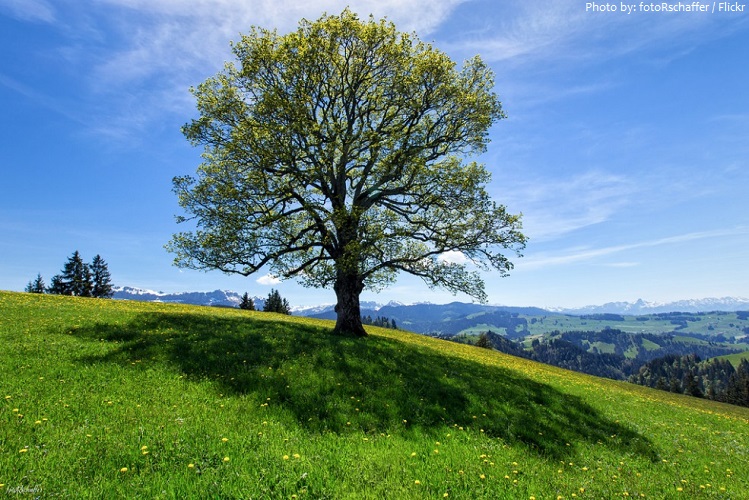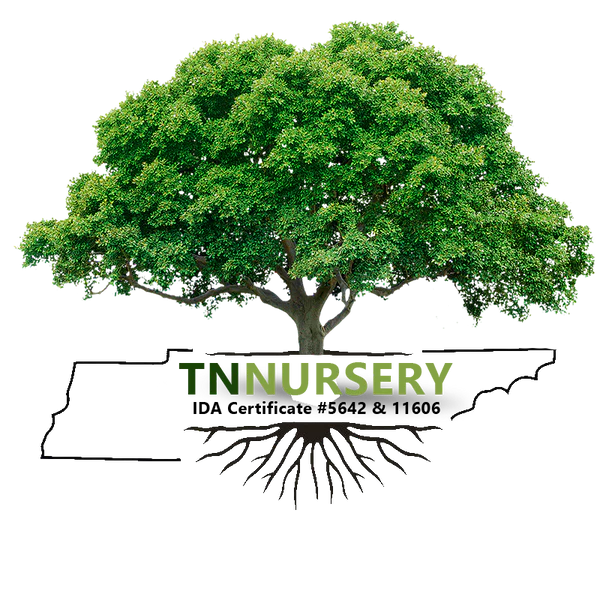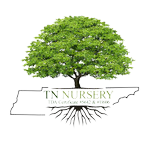How to Grow Shade Trees Fast
Fast-growing shade trees may have the ability to rise to a given height within a couple of years, but several factors must be predetermined. Before embarking on setting a stately shade tree in the perfect yard location, consider these guidelines.
The Right Zone
Not all shade trees are comfortable in every part of the country. For instance, just because the Royal Empress tree is adaptable to many soils and climates, a few zones will not increase. While the Paulownia elongate is well-accepted in North Carolina, Florida, and Indiana, the state of Wisconsin and Minnesota should be avoided. When selecting a fast-growing shade tree, be sure to check the compatibility of your given zone.
How Fast is Fast?
A large assortment of shade trees can grow from 3 feet per year to 15 feet per year—however, the type of tree, such as flowering, dense shade, and adaptability, matters. For example, the Lombardy Poplar is not only an excellent shade tree when planted in rows but also a fantastic windbreak against heavy-blowing winds. It commonly grows at a pace of 6 feet per year, with proper care, and reaches 60 feet or more. However, if your yard space is small and you are looking for a shade tree that takes up little room, the Bloodgood Japanese Maple is an excellent choice. Yearly growth is 18 to 24-inches in a season, reaching a height of 10 to 15 feet.

The Right Care Shade trees will only prove to be fast-growing with the right type of care. Choose to plant a young tree in the fall or spring to suppress the shock of being introduced to a new location. The first year is crucial to a tree's health. When planting, keep a substantial amount of loose dirt around the tree trunk to promote even water distribution. Juvenile trees need regular watering for the first year to strengthen roots and to promote rapid root generation. Transplanting any tree can reduce root generation and shoot growth. Until roots have had a chance to get re-established in their new home, both the roots and the tree's peak must be kept alive. That delivers a healthy balance and will allow you to watch your tree's development. It is not recommended to prune the top of the tree during the early years, but removing damaged or broken branches should be done. Form a Healthy Tree Trunk It is not necessary to stake a young tree. Allowing a growing tree to bend and sway in the wind will help develop a sturdy trunk—only stake in areas of highly windy conditions. For the first few years, fertilize the ground surrounding the tree to provide the right balance of nitrogen. Wrap your newly planted tree trunk with burlap, but only for the first year. That will deter small animals from munching on and being able to sustain changing temperatures. Do not remove lower branches from your young tree unless they are becoming too long and vigorous. Once the truck becomes 2 inches thick, these branches can be gradually removed. When spring arrives, continue to care for your young tree, and a miraculous growth and budding will appear. A tree needs not only a sound root system but also a clear freeway for feeding the trunk, branches, and crown.


